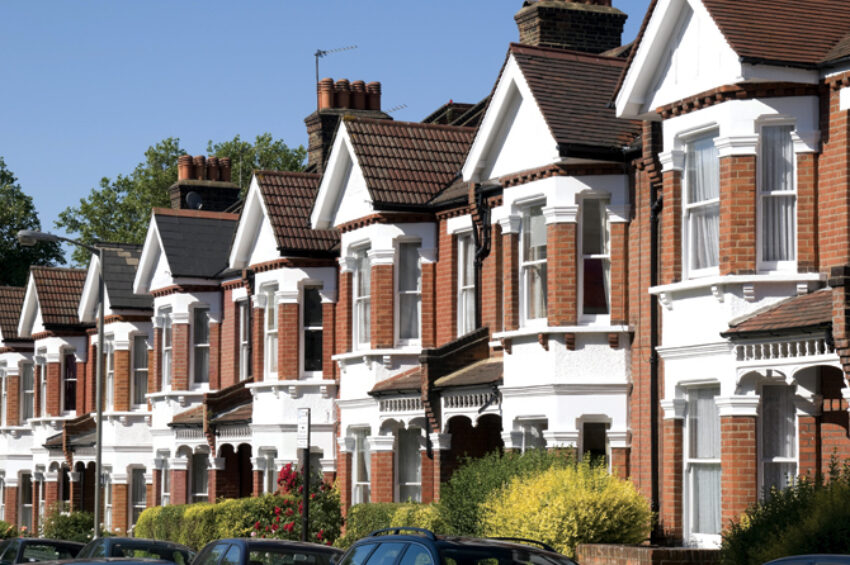REPORTS & BRIEFINGS | 12/03/2018
Increasing investment for domestic energy efficiency

When it comes to investment, domestic energy efficiency suffers particularly from a problem of scale and demand.
England’s housing stock is not energy efficient: it has an average Energy Performance Certificate (EPC) rating of D and over 19m domestic properties in England and Wales are below an EPC C. A 2014 English Housing Survey by the Department for Communities and Local Government found that 65% English homes could benefit from energy efficiency improvements. When it comes to investment, domestic energy efficiency suffers particularly from a problem of scale and demand. Although energy efficiency measures have already saved households around £290 per year since 2008 there is a lack of demand for energy efficiency measures amongst homeowners. The low rate of investment has been attributed to the ‘hassle factor’ alongside a lack of trust in installations and the upfront cost.
Driving the investment market for domestic energy efficiency requires multiple barriers to be considered in the round, including standards, trust, cost/access to finance and demand. In the first instance, homeowners must be willing to invest more in their own properties. Major investors can then lower the cost of financing energy efficient properties through retail products like mortgages and building from that, securities.


